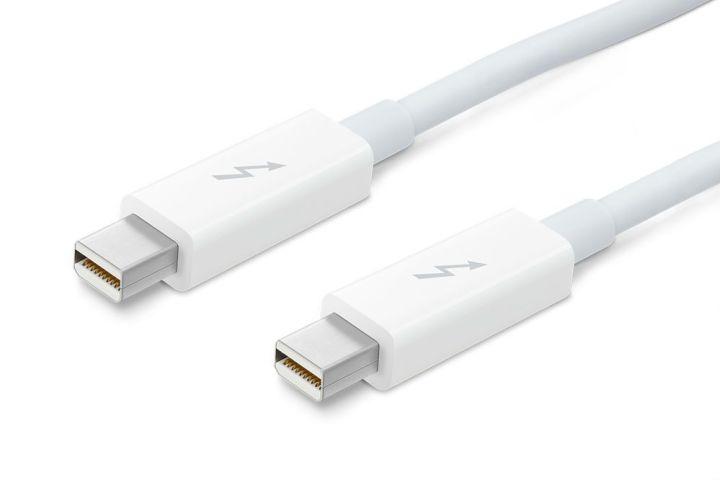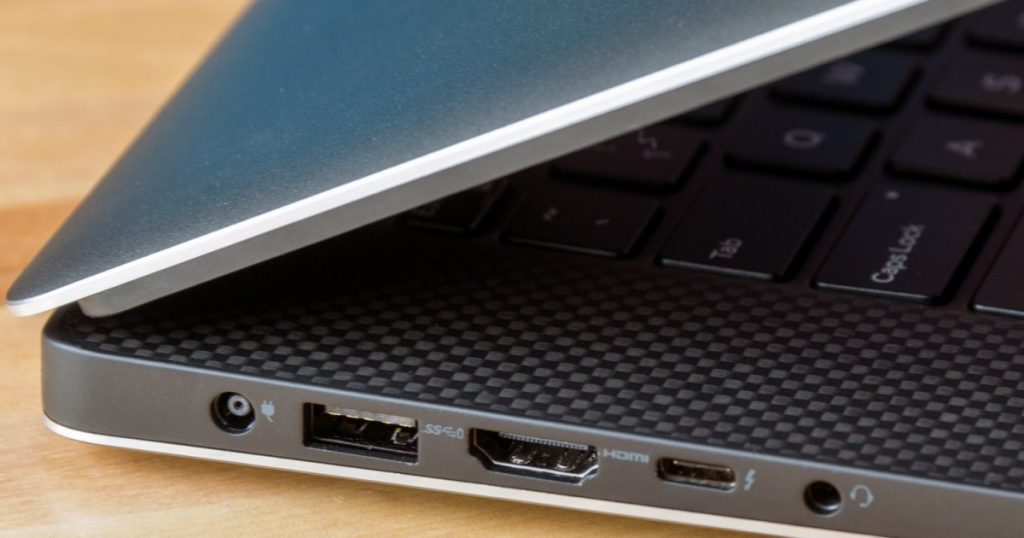Thunderbolt is a hardware interface technology used to connect various devices to a PC. It is recognizable by its distinctive ports and cables, with the latest generations using the USB-C connector. This guide provides a comprehensive explanation of Thunderbolt and how it differs from USB-C.
Thunderbolt 3 vs. Thunderbolt 4
Thunderbolt has evolved over the years into Thunderbolt 3 and Thunderbolt 4. Thunderbolt 3, introduced in 2015, features a USB-C connector, a max transfer speed of 40GB/s, and up to 15W power delivery. It can also support one 4K display and is compatible with the USB4 specification.
Thunderbolt 4, launched in 2020, maintains the 40GB/s transfer speed but mandates it as a minimum unlike Thunderbolt 3, which does not enforce this. Thunderbolt 4 also features a USB-C connector, supports two 4K displays, and boasts double the PCIe SSD bandwidth speed of Thunderbolt 3.
Is Thunderbolt the same as USB-C?

While Thunderbolt 3 and 4 ports use USB-C connectors, they are distinct connection technologies. Not all USB-C ports are designed to support Thunderbolt, despite the physical compatibility.
Do Thunderbolt and Thunderbolt 2 accessories work with Thunderbolt 3?

Compatibility with Thunderbolt 3 requires an expensive adapter for devices based on Thunderbolt or Thunderbolt 2.
How do I know if I have a Thunderbolt port?
You can identify a Thunderbolt port by looking for the thunderbolt icon next to the USB-C port or checking the device’s tech specifications for mention of Thunderbolt ports.
When will Thunderbolt 5 launch?
Intel officially introduced Thunderbolt 5 in September 2023, with product releases expected in 2024. Specific launch dates are yet to be announced.
This section will be updated as more information becomes available.


